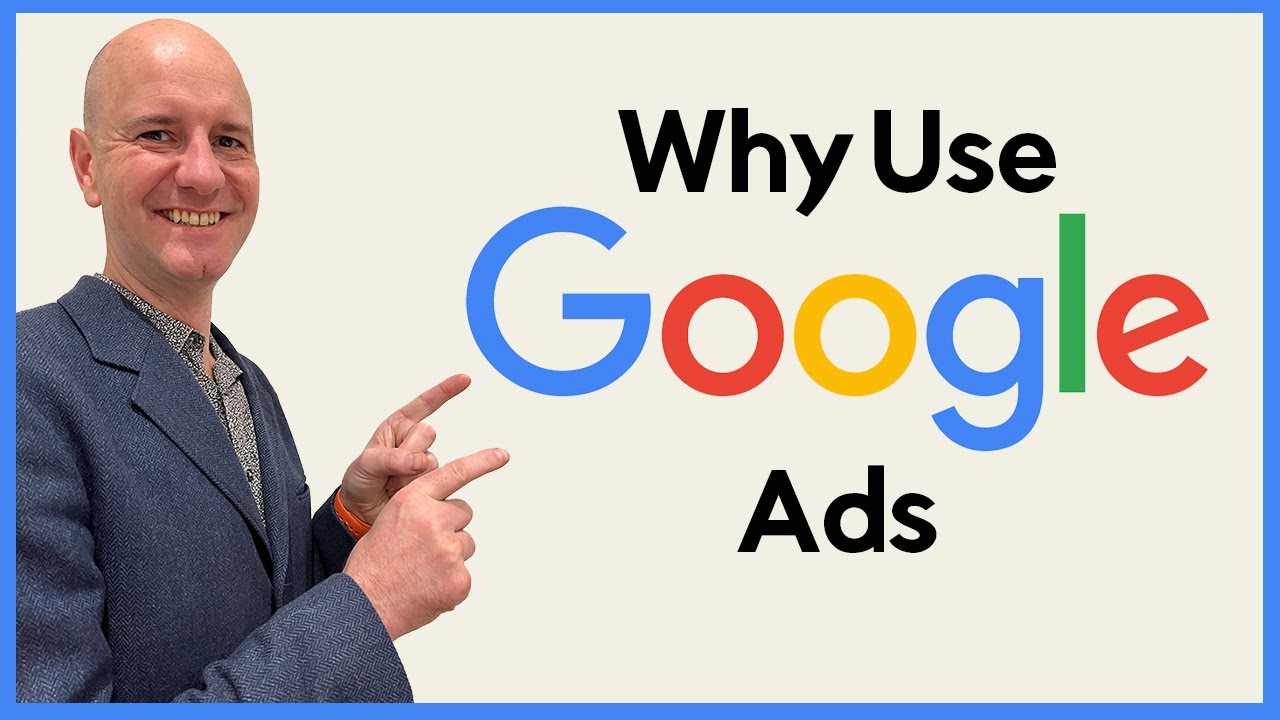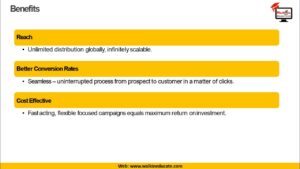
Paid Search Marketing refers to the adverts which appear next to the natural search results in search engines like Google and Bing. Typically, the adverts are charged on a pay-per-click basis, meaning that the advertiser only pays when a user clicks on an advert and goes to the advertiser’s site, not just when the advert shows.
Paid Search programs, such as Google Ads, have the potential to provide highly targeted, measurable and cost-effective traffic to your website. By advertising alongside the search results for queries relevant to your business, you target potential customers researching or buying a product. Whilst Google Ads are primarily about driving website traffic, they can also increase in-store visits or receive more phone calls.
Whilst Microsoft’s Bing search engine also has an advertising programme, in this chapter, we will be focusing on the Google Ads programme as that has the lion’s share of the market. Here are some key stats:
• Advertisers make £8 in revenue for every £1 they spend on Google Ads (Source: Google)
• Google Ads have a click-through rate of 8%
• Google Ads convert 50% better than organic search results (Source: Wordlead)
• 65% of Ads clicked contain buyer intent keywords, e.g., buy, shop, purchase, get, cheap, for sale (Source: Wordlead)
Google Ads enables advertisers to reach customers worldwide when they are searching for products and services. Before Paid Search, national advertising was out of the reach of most small businesses. However, Paid Search has levelled the playing field, allowing small businesses to advertise on the same platform as larger businesses. Benefits include:
Cost
There is no minimum spend on Paid Search networks, and you only pay when users click on your ads.
Fast and Easy to Use
Unlike Search Engine Optimisation, Paid Search can generate sales and traffic within hours. Simple campaigns can be set up in a matter of minutes.
Self-service
Google Ads is a self-service platform and is simple enough for most advertisers to manage their campaign internally, without the need for external agencies.
Flexible
Adverts can be changed at any time to focus your message and optimise performance.
Worldwide Reach
Google has a worldwide reach, and advertisers can create adverts targeting multiple locations and languages from the same account.
Targeted
Paid Search adverts are contextual to each search, targeting users as they research products or are looking to buy. Advertisers can also target by (amongst other things) location, device, demographics and time of day.
Range of Formats and Wide Distribution
Google Ads has a diverse range of ad formats, including search ads, shopping ads and retargeting to suit every business type. Alongside Google search, they can also serve your ad across the broader Internet via their wider network, which includes:
• Search network. This includes the Google search results page, Google properties like Google Maps and Google Shopping and partner search sites that show text ads.
• Display network. This focuses on platforms and advertising methods that are not text-based. Display network sites include platforms like YouTube, Gmail and thousands of partner sites.
Unavoidable
As seen in the example above, Paid Search often takes up most of the page ‘above the fold’ (i.e., the screen’s content without scrolling). Sometimes Paid Search is the only way to get noticed as the natural search results are pushed down the page.
source







